Prototyping Circuit Boards in the New Tariff Environment & Saving $$
I made a circuit board that comes on when it's dark. My domestic prototype solution was slower, but cost much less [85 percent(!?)] than its overseas equivalent.
I recently made a little light that comes on when its dark, and functions for a long time–i.e. months on a single CR2032 battery. One might argue they already exist in the form of garden path lights, but that’s not really the point. I wanted something of my own, and I wanted to understand how this type of device works.
Most importantly for this article, I wanted to see if I could make a printed circuit board (PCB) of my design at a reasonable price in the current US tariff situation. To my surprise, the path to major prototyping monetary savings was US domestic production (and a bit of patience). Read on to find out more!
Tech Adjacent Sponsors:
Jeff’s Electronics Emporium: Electronics, from Jeff. Jeff designed some of them. Jeff sells things he designed, and things designed by others. He can also do electrical wiring for your home, business, or tree fort in the Frostproof, Florida metro.
Interested in sponsoring Tech Adjacent? Email hi@jeremyscook.com or simply reply back to this email to find out how!
Curb your enthusiasm project requirements
I’ve actually been mulling over this project for years, thinking I’d use a solar panel with a supercapacitor for power. That, however, turned out to be rather expensive, complicated, and physically cumbersome. Instead, I decided on a little CR2032 coin cell battery, which can likely run for weeks, months, or maybe even a year under ideal conditions.1
Plus I have a really cool way to mount the CR2032 battery sans extra components that I’d been inadvertently working on for quite some time. As shown👆 on my Lightstrum guitar picks, you can build a CR2032 battery holder into the PCB itself.2
Transistor-battery solution
With the power supply sorted, I designed the circuit shown below to turn on the light when it’s dark. I covered this concept a few years ago here, and uploaded this project’s PCB/schematic to GitHub3. There is also some technical commentary in the footnotes. Here I’m keeping things mostly high level so we can get to the tariffs bit.
Long story short, when it gets dark enough, the transistor (Q1) allows current to flow through the light-emitting diode (LED) to emit light. Resistor R6 limits the current flow to the LED, which was increased significantly (~1000Ω) to stretch out battery life. Maybe I could make it even higher.
A new PCB… sans tariffs(?)
After testing this circuit on a breadboard, I uploaded my PCB design for production at Chinese quick-turn PCB manufacturer JLCPCB. They typically do good work at reasonable (one might even say amazing) prices, and their manufacturing price of $7.10 for 20 pieces was excellent as expected... Then came the shipping and tariff, boosting the price to $48.08(!) in total 😬
The US tariff was a relatively small percentage of that cost (something like $5 IIRC), but shipping was the real killer. While sub-$50 isn’t Krugerrand or kidney territory, It was enough cash to make me consider my options, including domestic PCB supplier OSHPark. I had used them in the past, but eventually turned to Chinese manufacturers as their prices and delivery times tend to be better.4
In this case, OSH Park’s price for 3 boards was $7.75 ($2.58 each), with included/free shipping and no taxes charged5. This is slightly more expensive than JLCPCB per board, but I’m not sure if I will sell them, and thus I don’t really need 20. Long story short, Using a domestic PCB supplier, I saved over $40 on this transaction. A WHOPPING 85% COST SAVINGS.
To be fair, I’m getting many fewer PCBs than I was considering from JLCPCB. And what’s NOT advantageous about OSHPark is that their advertised ship time is 12-21 days for my .8mm PCBs6, versus Chinese suppliers that typically get my boards back to me (including shipping) in under a week(!).
The order - the results
I put my order in on June 3, 2025. Three PCBs arrived on June 23rd, i.e. 20 days later. OSHParks’ delivery time was therefore ~3x that of their Chinese counterpart7. As expected, the quality of the boards is excellent, and, once assembled, it works as intended, lighting up as the sun sets.
Of course, I’m using parts that I had on-hand to complete the assembly, which likely are not of USA origin. An 85% savings is a bit optimistic when everything is considered. But…
Bottom line: OSHPark (and possibly others) can be a cost-effective prototyping PCB option, if you can accept their delivery times. Time/price will vary based on the PCB size and options, and so will you priorities. Consider this to be one data point, not a hard and fast rule.
Tariffs good? Tariffs bad?
Personally, I’d like to see the tariffs on such goods go away. At the same time–at least in this anecdotal case–they seem to be having the desired effect of increased domestic demand/production.
Whether domestic PCB manufacturing is right for you depends on your situation, but it’s really worth considering your options for how and where you get things produced. You may be able to save a significant amount of money on prototyping if you can deal with the caveats!
Thanks for reading! I hope you will follow along as I post weekly about engineering, technology, making, and projects. Fair warning: I sometimes get a little off-topic in the footnotes. And I’m from Florida, and so may have had an alligator or two as pets growing up… Perhaps they are alive today and could be used to test earth-wormhole pet friendliness.
Any Amazon links are affiliate
Addendum/Footnotes:
Probably not a year. But who knows.
More technical details for those that are interested:
I’ve tested my setup on a breadboard for several weeks and it still shines. Interestingly, the color-changing LEDs I’m using use less power than the red I was initially planning on.
Consider that the 10F, 2.7V super capacitor shown below is $8.99 for a 5-pack ($1.80 each) on Amazon as of this writing, and solar panels will run somewhere around $2 each. So let’s just say $5 for such a setup once you include the PCB etc. On the other hand, CR2032 batteries can be had for about 25 cents each, plus a few cents for a transistor, two resistors, and a light-dependent resistor. Sure, solar/supercap is ~forever, but how long are you really going to use this little doodad?
Also, Solar cells + supercaps would require a lot more physical space to use, making them less convenient and potentially even adding expense to the PCB. So disposable battery it is. The simplified setup shown below kind of works (shining when it’s light or dark), though not particularly well.
Early testing with a 1k resistor on a color-changing LED uses around .9mA when on and .12 mA when off, meaning:
12hr * .9mA = 10.8 mAh
12hr * .12mA = 1.44 mAh (may change slightly)
==> 12.24 mAh / day
==> 19.2 days on via a 235mAh CR2032 battery
In reality, my test setup has been running for something like 3 weeks without issue, so maybe it will illuminate for longer than advertised. A month/coin cell isn’t too bad.
The files were saved after the order was made, but should be close to the current version as of this writing.
Also Chinese PCB suppliers (not JLCPCB) sponsored quite a few of my projects. And perhaps they still would, but as I’ve been doing fewer videos, and I’ve been buying many of my own PCBs. The supplier I primarily worked with has become a bit more difficult, so there’s that.
Not just “No new taxes” as GHWB promised. Here I did what JRB encouraged us to do, “Make America think about it.”
To put a finer point on things, the .8mm PCB is less common than a 1.6mm PCB, which could delay things a bit. Also, OSHPark using ENIG (i.e. gold plating) on their PCBs, while this is typically a more expensive option for other suppliers. OTOH, their boards come with little tabs that you have to break off. Chinese suppliers take care of this for you. There are pros and cons to everything.
Sometimes you’ll see this stated as “3X slower,” but I personally find this to be a rather lazy/inaccurate figure of speech. It implies that there is some standard of slowness by which you’re judging everything else. Perhaps hypocritically, I’m having a hard time defining what I don’t like about it, but these are the footnotes, and I write what I like.


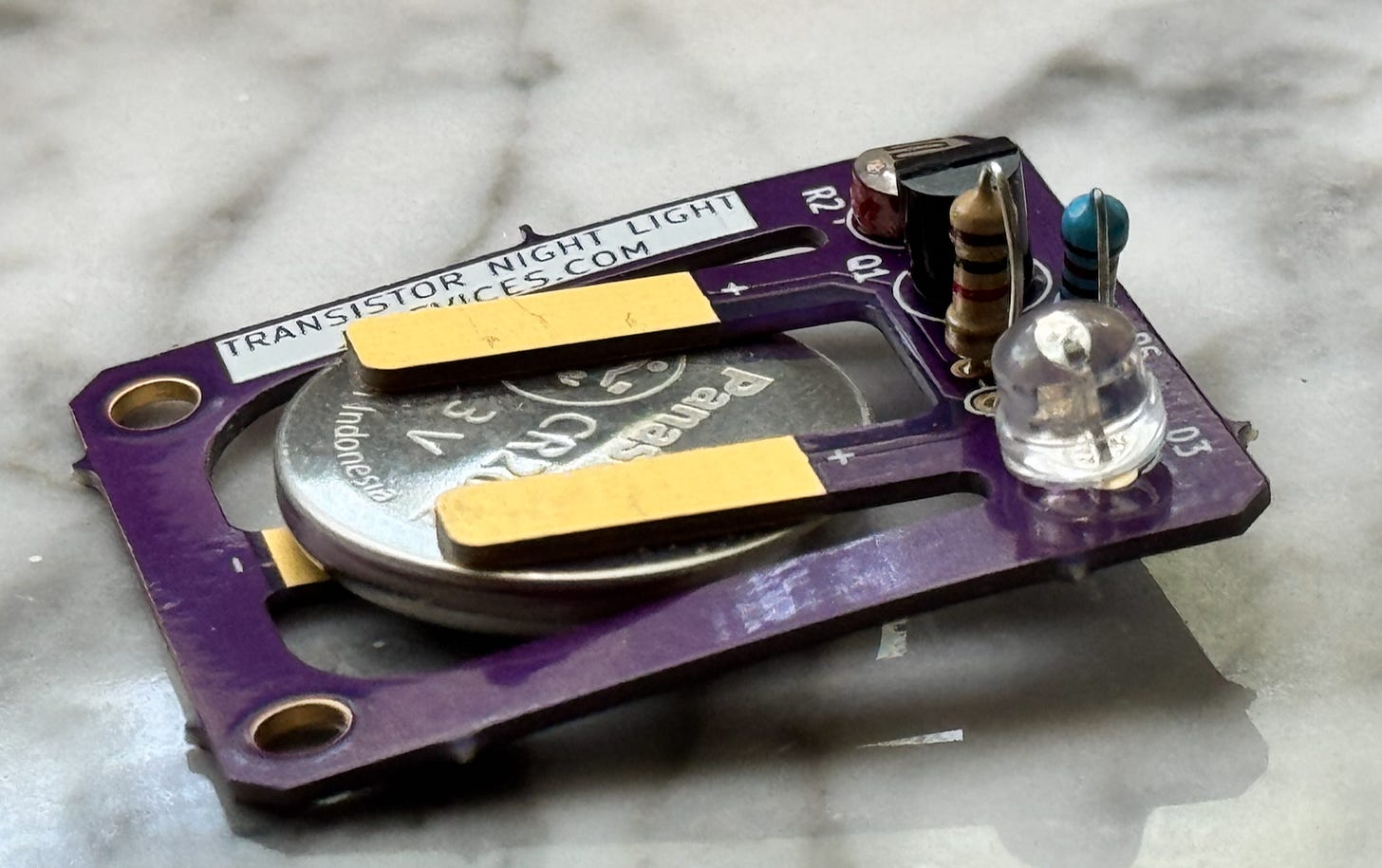
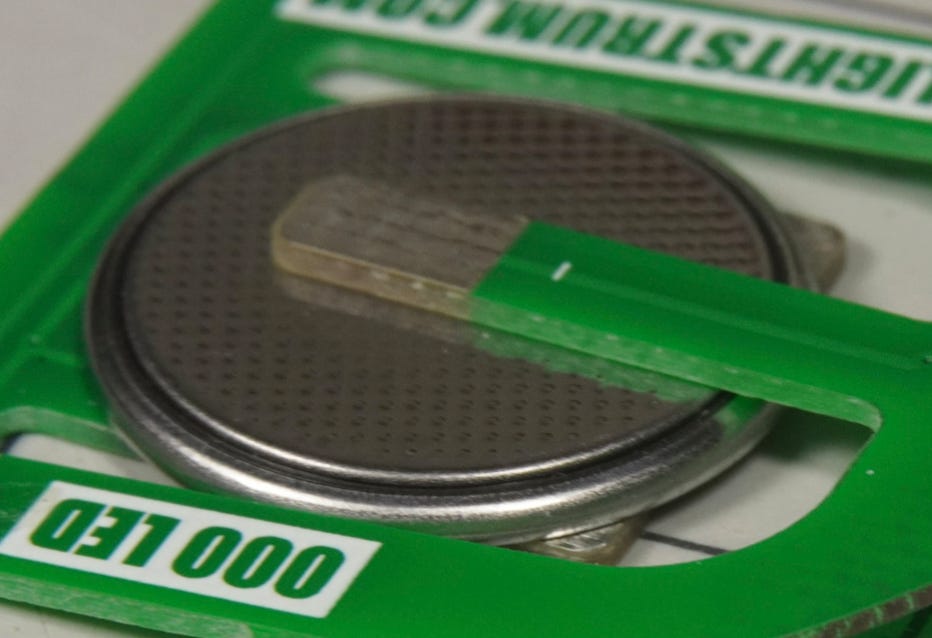
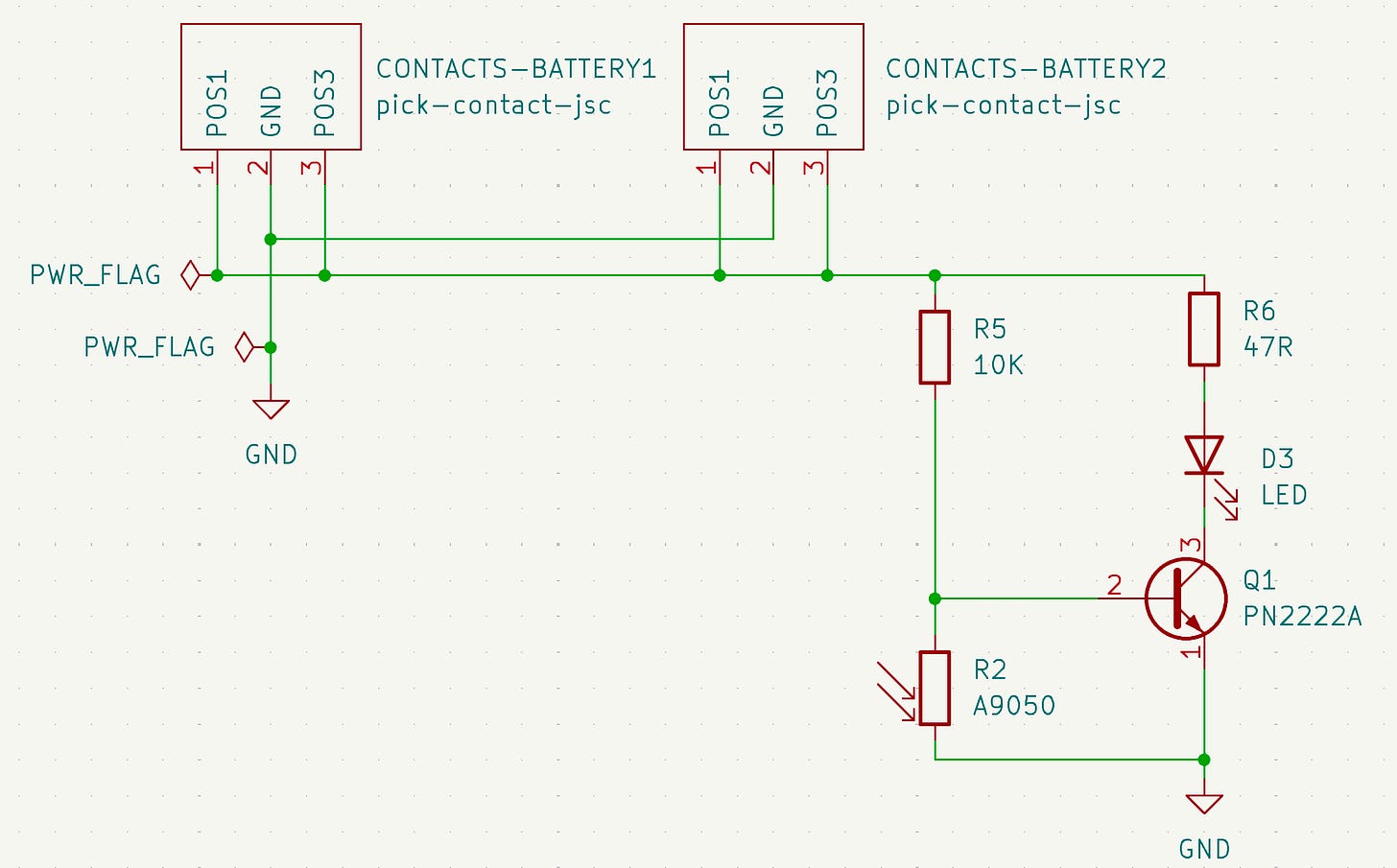
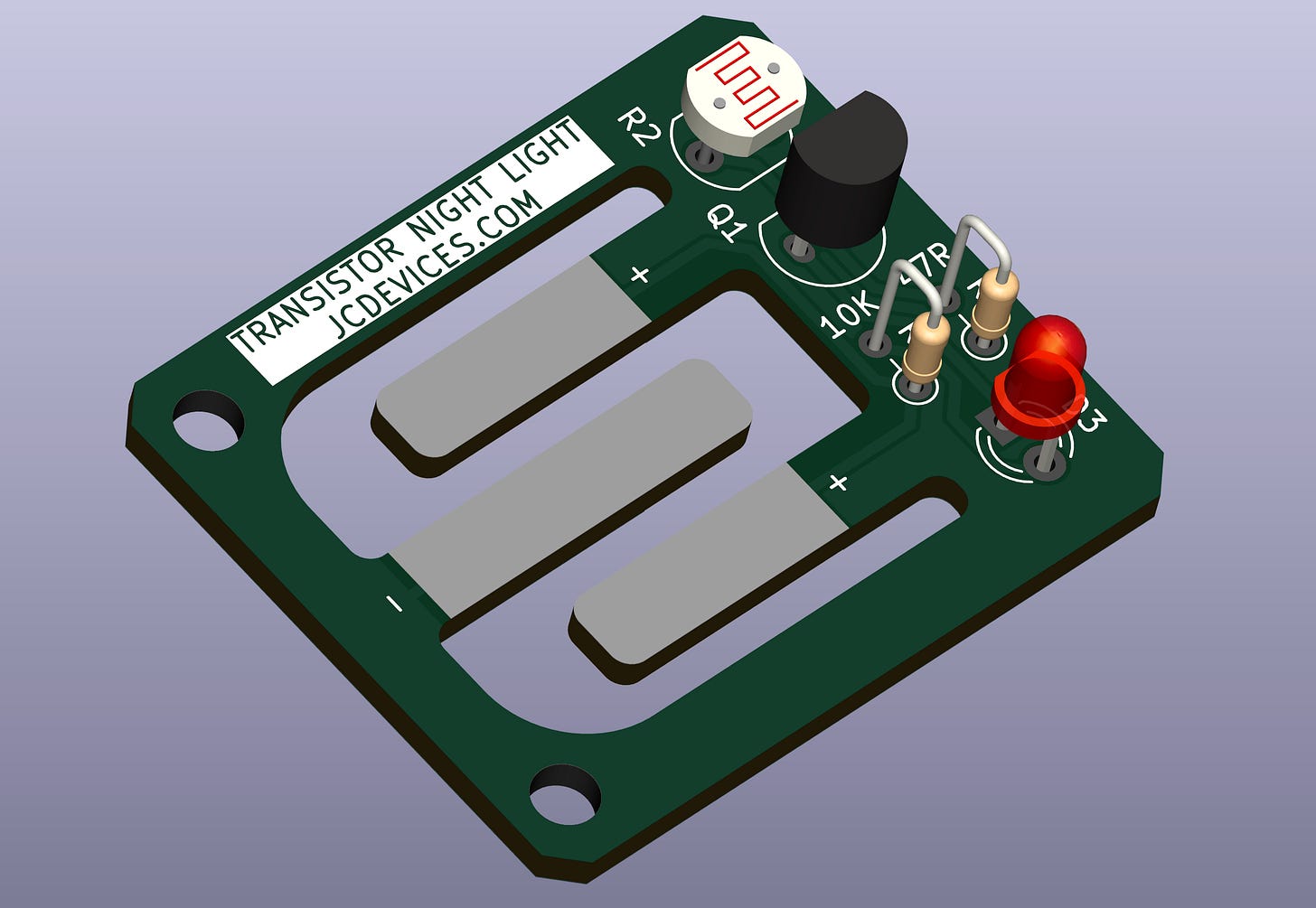
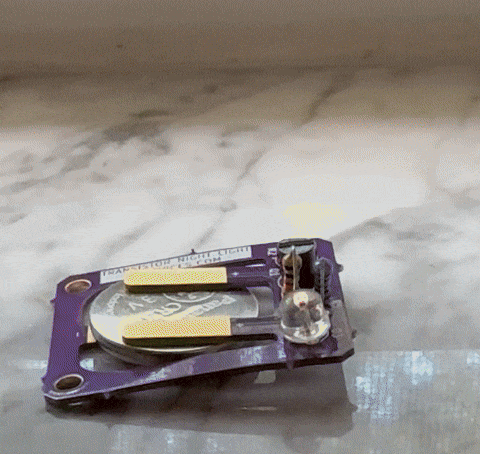
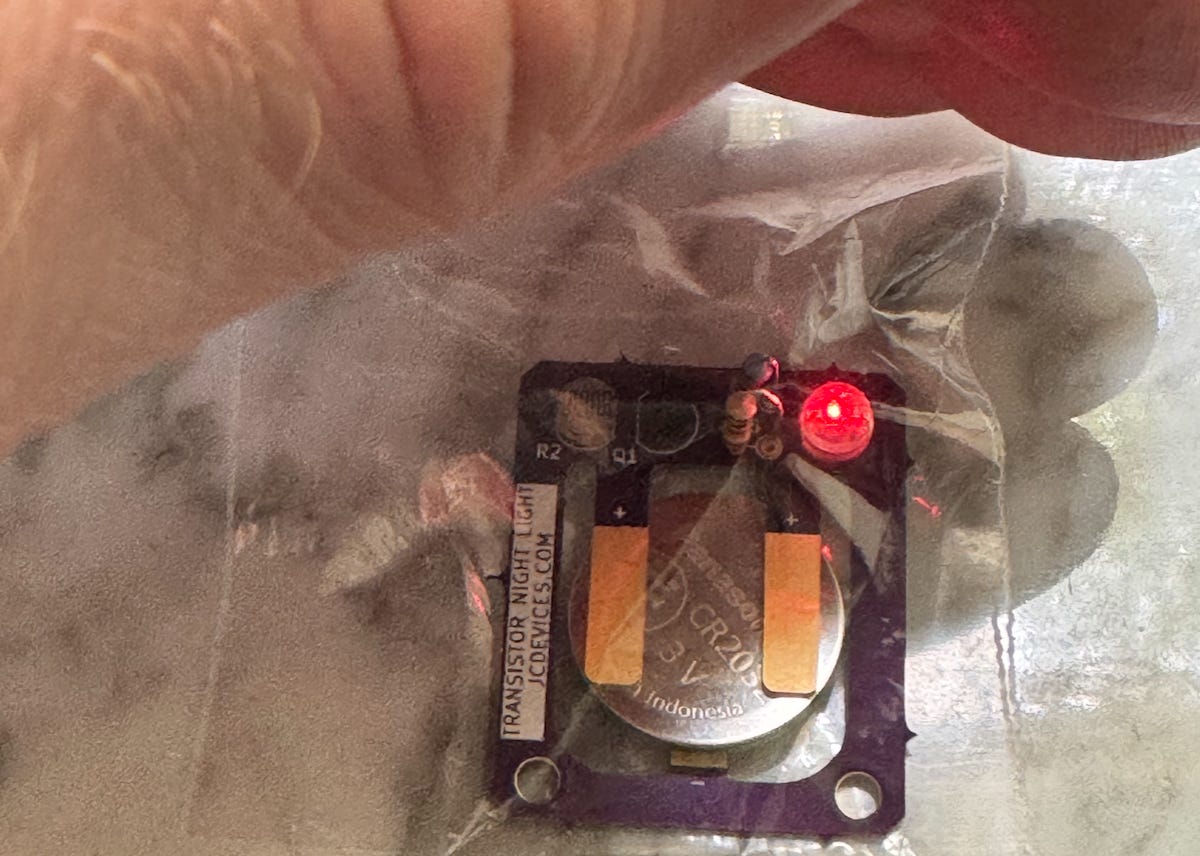
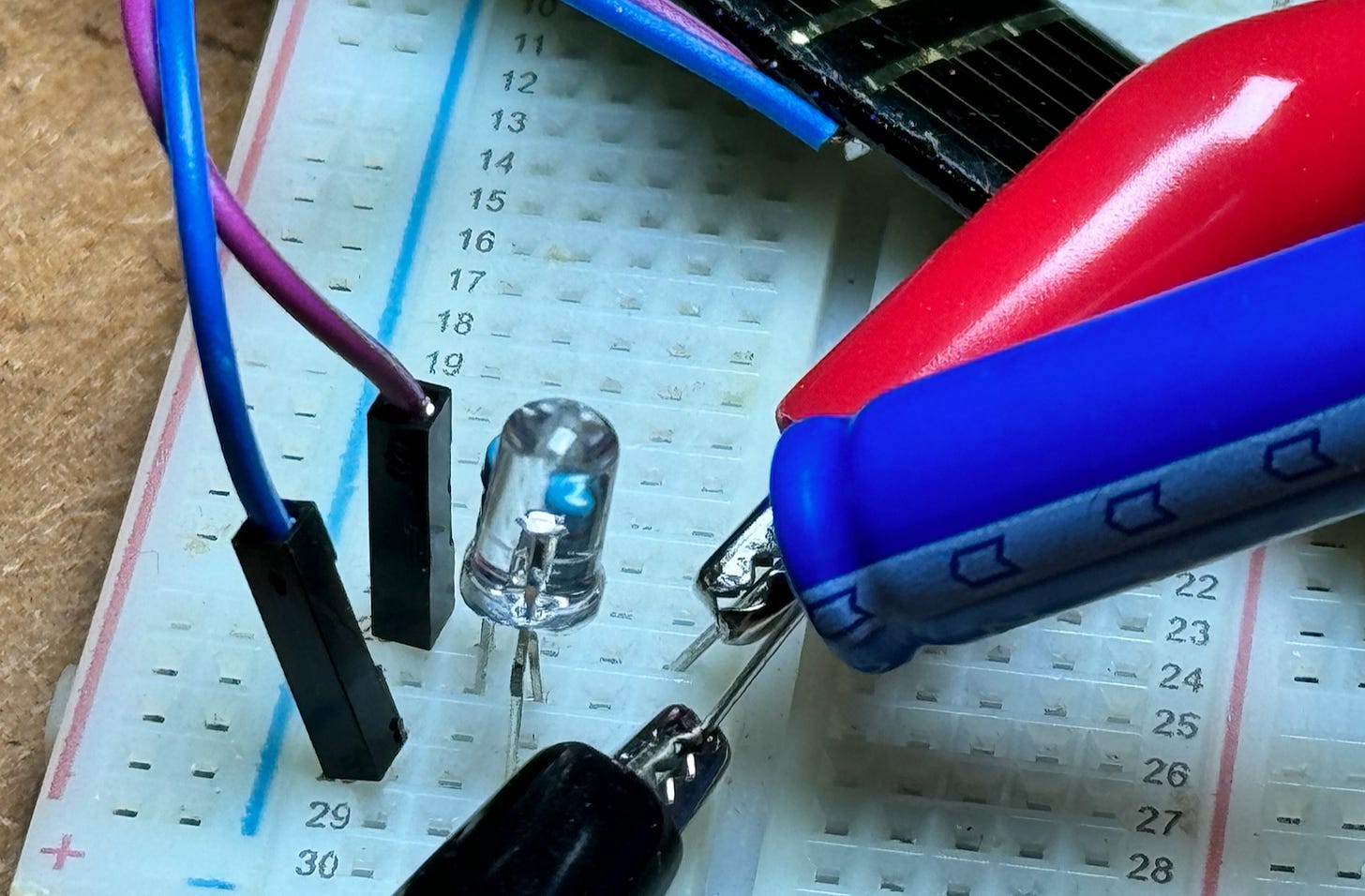
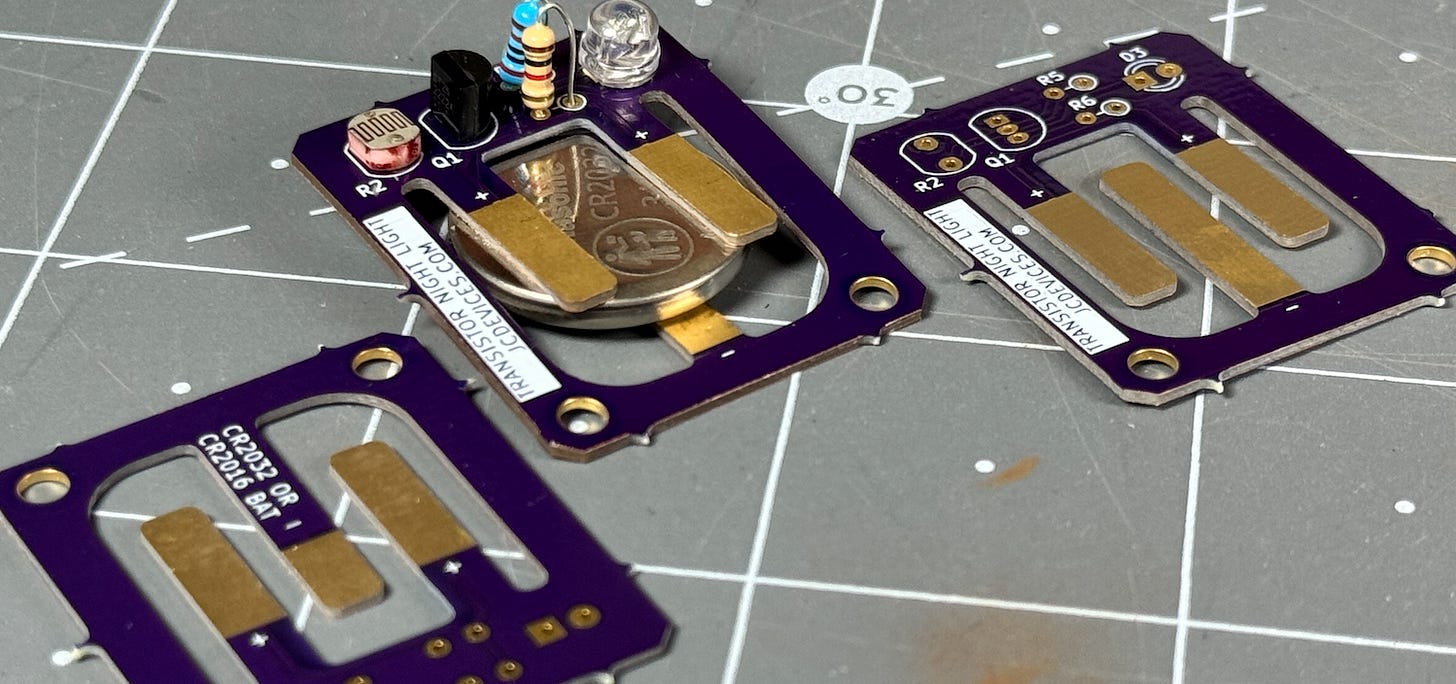
The 85% savings with OSHPark is wild. Tariffs might accidentally revive niche US manufacturing. Thank you for this nice breakdown of the cost and speed trade offs.
And I do have a personal question I wanted to ask, I left it in your inbox, when you have time please check it out.